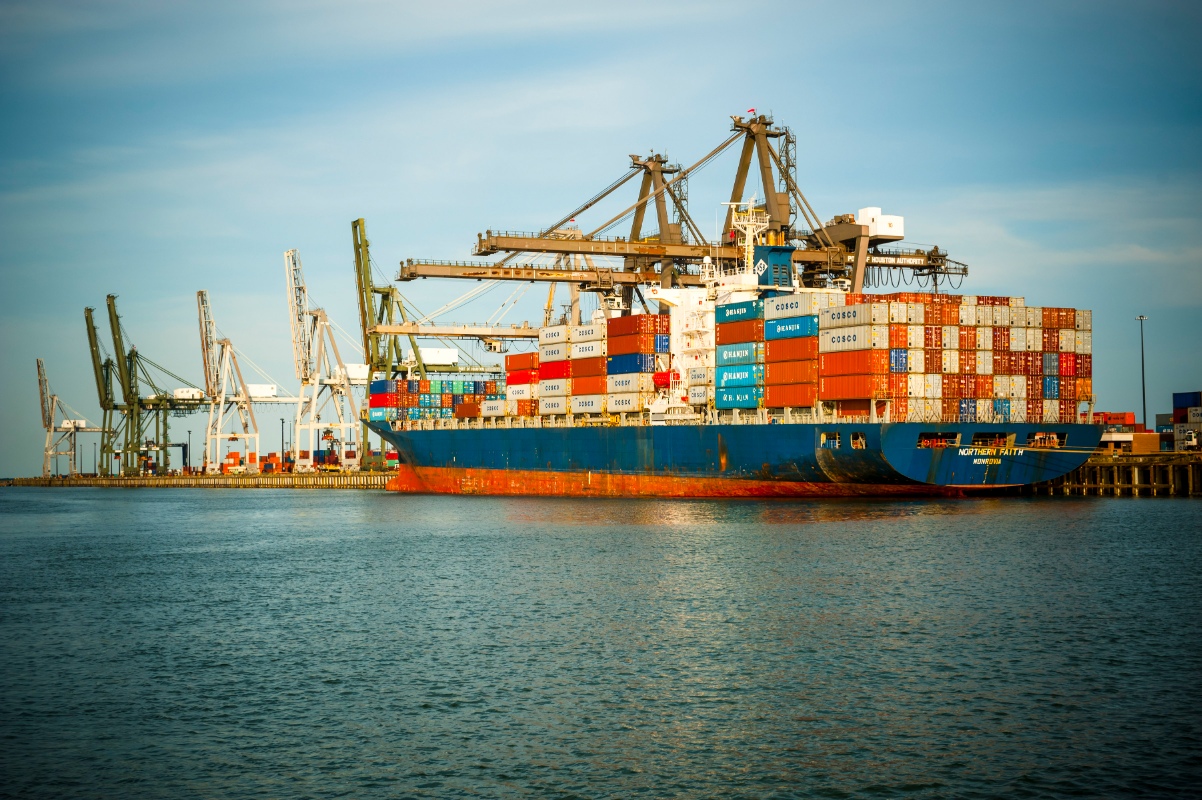Economic Outlook: Houston Office, Multifamily Face Tough Road, Single-Family Housing on the Rise
Published Aug 26, 2020 by A.J. Mistretta
Parts of the Houston economy are showing promising signs of recovery and the local outlook is strong for sectors such as single-family housing. But in other segments of the real estate market such as office and retail, the forecast is concerning as new construction pushes vacancy up.
These and other topics were part of the latest Economic Update from the Partnership’s Senior Vice President of Research Patrick Jankowski on August 25. Jankowski gave an overview of the current national and local landscape before honing in on the real estate market.
Here are a few takeaways:
- One good measure of the nation’s economic recovery is continuing jobless claims. In May, more than 22 million people were filing continuing claims for benefits, meaning two or more consecutive weeks of claims. That nationwide figure has dropped to 15.8 million as of last week.
- A survey of economists conducted by the Wall Street Journal shows a consensus view of Q3 GDP growth of around 18.3%, followed by lower growth of around 6% in Q4. This follows negative GDP growth in Q1 and Q2.
- Houston currently has about 92% of the jobs it had in February. That’s a higher percentage of job retention than other major cities including Chicago, Los Angeles, Washington D.C. and New York. “Yes, we have had to deal with the fallout from the oil and gas sector along with the pandemic, but other sectors are helping lift us up,” Jankowski said.
- Initial jobless claims here in the Houston metro were 15,667, down from a height of 76,007 in early April. However continuing claims in Houston climbed to 271,011 in July, up from 32,988 in March. Jankowski said it’s the high level of continuing claims that has him concerned.
- The region lost a total of 365,200 jobs at the beginning of the pandemic and the majority (258,000) remain to be recouped.
- Another economic indicator, City of Houston building permits, are down to $4 billion from $4.9 billion in 2019. Construction starts are also down about $3.7 billion this year compared with last year.
- Jankowski said industry sectors including manufacturing, government, energy and transportation and warehousing continue to struggle.
Commercial and Residential Real Estate
- Jankowski said real estate is a bit of a mixed bag, with some sectors of the industry doing much better than others.
- With the obvious impact of the pandemic, the office market is increasingly concerning. Current vacancy rates are hovering around 20% to 22%, but with sublease availability factored in, the effective vacancy rate is more than 25%.
- Jankowski said the last time the Houston office market experienced healthy absorption was 2014. Since the beginning of 2015, the area has seen negative absorption—or product coming back on the market—of about 8 million square feet.
- There is close to 40 million square feet of office space currently available on the market with another 4.2 million square feet under construction as of Q2. “I don’t see a scenario for the office market where we get below a 20% vacancy rate for the next five years,” Jankowski said. “We won’t see significant office leasing for a while right now.”
- The industrial sector had been doing fairly well until recently. The current vacancy rate is 8.1%, up from 5.5% two years ago. Jankowski said with another 16.3 million square feet of new product currently under construction, we could reach an effective vacancy rate of 12% factoring in sublease space.
- Retail has suffered significant setbacks amid the pandemic as many stores are forced to close permanently, including major big box stores. That has caused pain in retail centers where smaller stores rely on the bigger anchors to drive traffic. The vacancy rate is currently just 5.8% but there is concern over how much retail space will be thrown back onto the market by shuttered stores before the pandemic is over.
- On the multifamily front, there are currently 40,000 apartment units under construction. To absorb those units, the Houston region would need to create another 240,000 jobs, which simply won’t happen quickly on the heels of the pandemic. Jankowski said the math just doesn’t add up. “Over half of Class A properties are offering incentives to get renters in,” he said. “We are going to continue to see weakness in the market.”
- Housing remains the brightest spot in real estate with housing starts in the area actually up 10.5% in the last six months over the same period a year ago. Existing home sales also remain quite strong, suggesting a level of long-term confidence among Houstonians.
Jankowski provides a monthly economic update available to members of the Partnership. Members can watch his full presentation available via the Member Portal. To learn more about membership, visit the membership page. Get additional data and analysis from our Research team and read Jankowski's latest Economy at a Glance focused on the impact of the energy sector on Houston.
 The Houston Report
The Houston Report




















